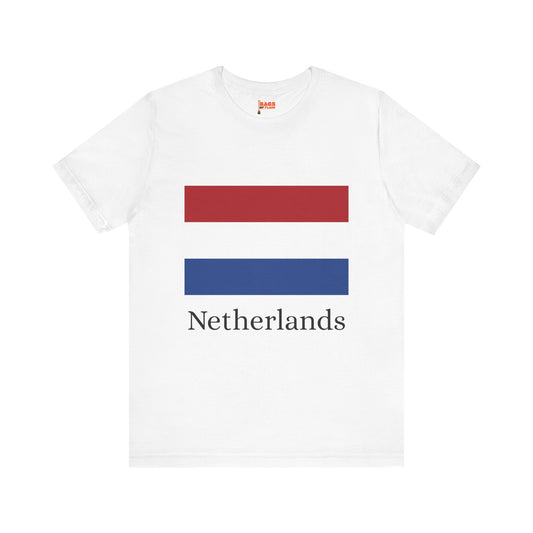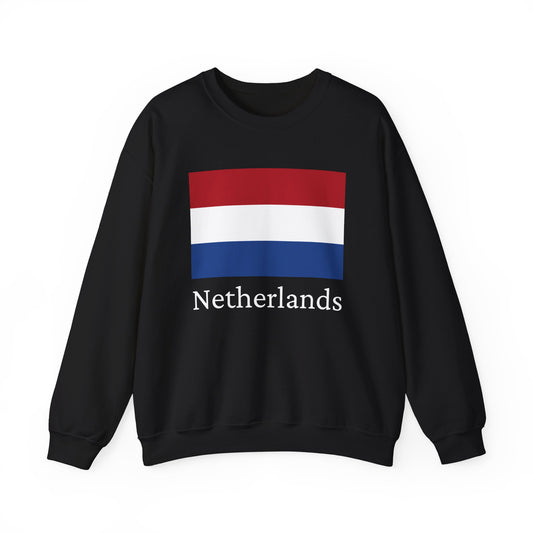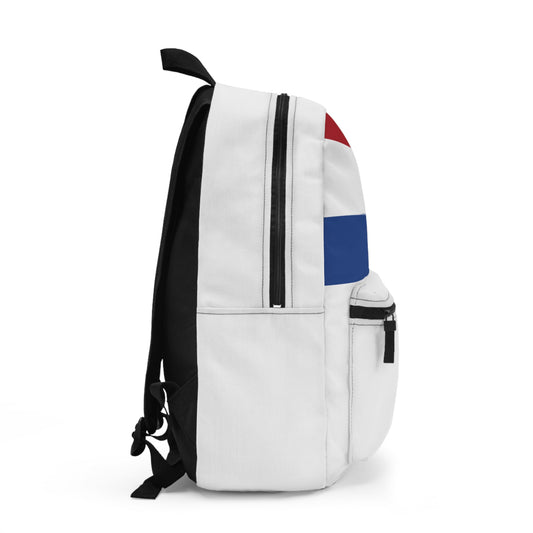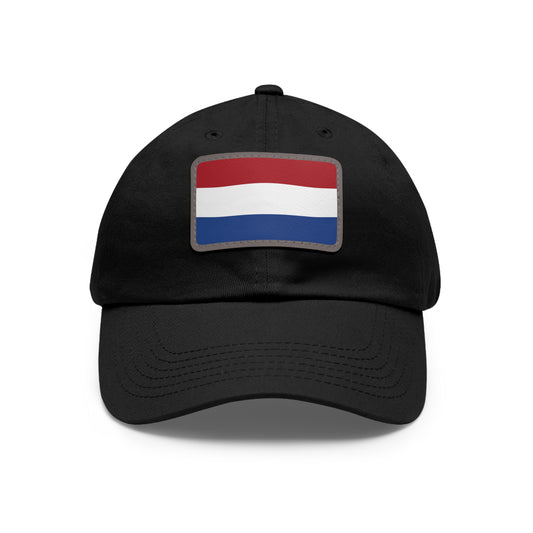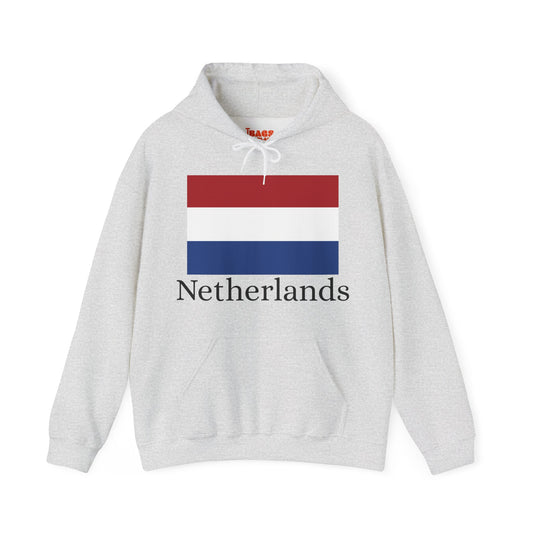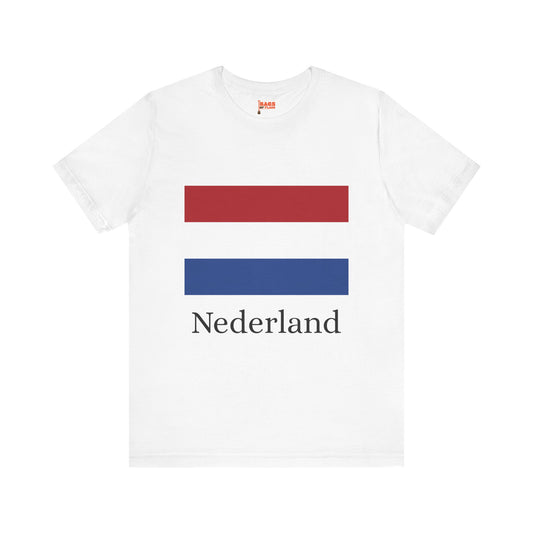-
Netherlands T-shirts
Regular price $22.79 USDRegular priceUnit price / per -
Netherlands Flag Sweatshirt
Regular price $34.15 USDRegular priceUnit price / per -
Netherlands Sweatshirt
Regular price $34.15 USDRegular priceUnit price / per -
Nederland Sweatshirt
Regular price $34.15 USDRegular priceUnit price / per -
Netherlands Pillow
Regular price $22.65 USDRegular priceUnit price / per -
Netherlands Backpack
Regular price $59.79 USDRegular priceUnit price / per -
Netherlands Leather Patch Hat
Regular price $18.85 USDRegular priceUnit price / per -
Netherlands Mug
Regular price $11.65 USDRegular priceUnit price / per -
Netherlands Trucker Cap
Regular price $14.90 USDRegular priceUnit price / per -
Netherlands Hoodie
Regular price $34.40 USDRegular priceUnit price / per -
Nederland Hoodies
Regular price $34.40 USDRegular priceUnit price / per -
Nederland T-shirts
Regular price $22.79 USDRegular priceUnit price / per -
Netherlands Flag Hoodies
Regular price $34.40 USDRegular priceUnit price / per -
Netherlands Flag on T-shirt
Regular price $22.79 USDRegular priceUnit price / per -
Netherlands North Brabant Municipal and City Flags
Regular price From $43.20 USDRegular priceUnit price / per
Collection: Netherlands
The Netherlands flag, also known as the Dutch flag, is a tricolor flag with three horizontal stripes in red, white, and blue. This flag holds significant historical and cultural importance for the Dutch people, and it is a symbol of national pride and identity. We will delve into the lesser-known facts and unique protocols surrounding the flag of the Netherlands.
Overview of the Netherlands Flag

The flag of the Netherlands is characterized by its distinctive tricolor, featuring horizontal bands of red, white, and blue. Each band is of equal size, with the red stripe positioned at the top, the white in the middle, and the blue at the bottom. The flag's dimensions adhere to a 2:3 ratio, where its length is one and a half times its height, ensuring a proportionate and balanced appearance. This tricolor design is not just a visual emblem but also deeply ingrates the country's royal lineage and nobility through its choice of colors. These hues are not randomly selected; they are imbued with deep historical significance, tracing the nation's fight for independence and its journey through the centuries. Beyond its aesthetic appeal, this tricolor flag serves as a beacon of the Netherlands' enduring values and rich cultural tapestry, representing more than just the national identity but also the collective memory and shared values of its people.
Historical Context
The tricolor flag that the Dutch are so proud of today has roots deeply embedded in the country's struggle for independence during the 16th century. Initially, the Dutch Revolt against Spanish rule saw the emergence of a flag with orange, white, and blue stripes. This earlier version, often associated with William of Orange, the leader of the Dutch revolt, played a crucial role in uniting the Dutch provinces against their oppressors. Over time, the orange stripe was replaced with red, leading to the modern red, white, and blue configuration we recognize today.
This transition was not merely aesthetic but significantly enhanced the flag’s visibility at sea, a vital consideration for the Netherlands, a nation renowned for its maritime prowess. The formal adoption of this flag on February 19, 1937, cemented its status as a national symbol. However, its representation of Dutch courage, resilience, and the pursuit of freedom had been acknowledged long before this date. The evolution of the flag’s colors mirrors the nation’s history of resilience and adaptability, showcasing its journey from a collection of rebel provinces to a unified and independent country.
Symbolism Behind the Flag

The symbolism inherent in the Netherlands flag's colors carries deep meanings that transcend its simple design. The top stripe of red represents the courage and bravery of the Dutch people, a nod to their historic battles for independence and their enduring spirit. The white middle stripe stands for the peace and honesty that the nation strives to uphold within its borders and international relations. The bottom stripe of blue reflects the loyalty and justice that are foundational to Dutch society, values that guide the nation's legal and social systems. These colors also symbolize the natural beauty of the Netherlands—from the red of its rich soil, white for the expansive skies, and blue for the surrounding waters. This tricolor scheme, therefore, not only embodies the nation's past struggles and victories but also highlights the core principles and the serene landscape that define the Dutch way of life.
Current Relevance of the Flag
Today, the Netherlands flag remains a prominent symbol at a wide array of national events, symbolic of the country's unity and heritage. It is prominently displayed on significant Dutch holidays, such as King's Day, when the nation celebrates the king's birthday, and on Liberation Day, commemorating the end of Nazi occupation during World War II. Additionally, the flag is critical in Remembrance Day ceremonies, honoring those who have fought and died for the country's freedom. In military contexts, the flag is a fixture at ceremonies and on government buildings, signifying the enduring spirit and resilience of the Dutch people.
Beyond official uses, the flag is a common sight at international sporting events, where it rallies support for Dutch athletes and symbolizes national pride on a global stage. It also adorns various cultural festivals, serving as a reminder of the Netherlands' rich history and diverse society.
Despite its widespread use and the pride it engenders among the Dutch populace, the flag has not been immune to controversy. Debates have surfaced regarding its symbolism and representation, sparking discussions about the potential for redesign. These discussions highlight the flag's evolving significance in reflecting contemporary Dutch values and identity, illustrating that even longstanding national symbols can become focal points for dialogue about change and progress.
Additional Facts and Unique Protocols
The protocols surrounding the respectful display and handling of the Netherlands flag are steeped in tradition. Notably, the Dutch flag must never contact the ground, reflecting a universal symbol of respect among national flags. Additionally, strict guidelines exist on flying the flag at half-mast; this is reserved for moments of national mourning or remembrance and requires official sanction. Raising and lowering the flag is also imbued with a sense of ceremony—done slowly to reflect solemnity and respect for what the flag represents.
When not proudly flown, the flag must be folded correctly, ensuring the red band is visible at the top once fully folded, maintaining the flag's dignity even in storage. This careful attention to detail in the flag's treatment underscores the Dutch's deep respect for their national symbol.
Another exciting protocol involves the flag's use alongside other flags. When displayed with other nations' flags, the Netherlands flag should be positioned in a place of honor, typically at the center and highest point of the group. This positioning speaks to the etiquette of flag display on the international stage, ensuring each nation's symbol is treated with equal respect.
These practices highlight the Netherlands' reverence for its flag and a broader commitment to principles of respect, dignity, and national pride that transcend borders.


